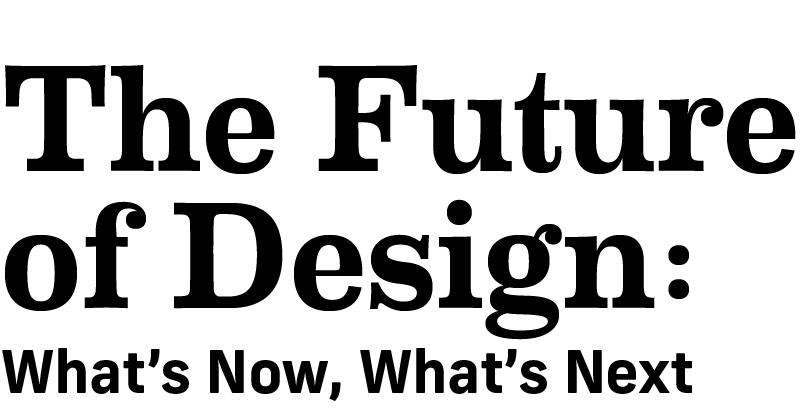A 23-member jury of industry professionals, including architects, interior designers, providers, consultants, and researchers, was charged with sifting through the 59 projects submitted to this year’s Environments for Aging (EFA) Design Showcase, determining which ones made the cut to be published and which ones rose to the top and earned awards. Most importantly, they offered their unique perspectives. It’s a multidisciplinary approach that adds dimension to the judging process and provides the opportunity to recognize projects’ merits in a much richer way.
So we asked them how they approached this task from their individual spots within senior living design and what they took away from the work they reviewed. Here's what juror Lori Alford had to say.
Provider
Lori Alford
Chief operating officer, Avanti Senior Living (The Woodlands, Texas)
When reviewing the submissions, I looked for three key things: (1) resident experience, (2) visitor (family, vendors, etc.) experience, and (3) operational efficiencies and staff experience.
At the end of the day, we do what we do to serve seniors, to give them a wonderful community and services that they deserve. In order to achieve this, we have to learn from the past, make improvements, and be OK with change for the right reasons. We have to be mindful of residents’ ailments yet aware that senior housing doesn’t have to be boring. I looked for how this thought was implemented.
For example, we appeal to a daughter who’s perhaps feeling guilty about looking for a home for her mother; giving her comfort in knowing she’s doing the right thing is important. This generation knows what’s available, from technology to what’s in style with interiors. So we need to appeal to them plus demonstrate why our architecture and programming is designed the way it is and what the purpose is.
Communities are only as good as a happy team, so I looked for what demonstrated a culture that the team was important. Where was the staff room placed, how thoughtful were designs for this group?
Then, throughout, I looked for new innovation in key areas. Architectural design, for example, may not have research behind its purpose, but was there an operational reason for why the design was integrated? How did technology play a role? From lighting to electronic health records, was technology applied? For interior design and architecture, it was a question of whether it was in style.
To win an award, one has to stand out above the rest, not recreate something from the past. It’s important that our industry continues to learn from the past and evolve to the present, while projecting towards the future.









